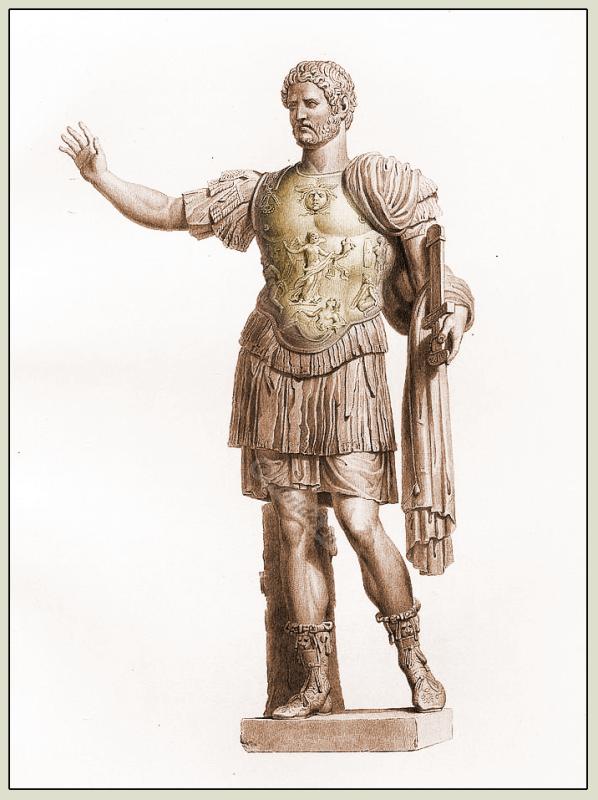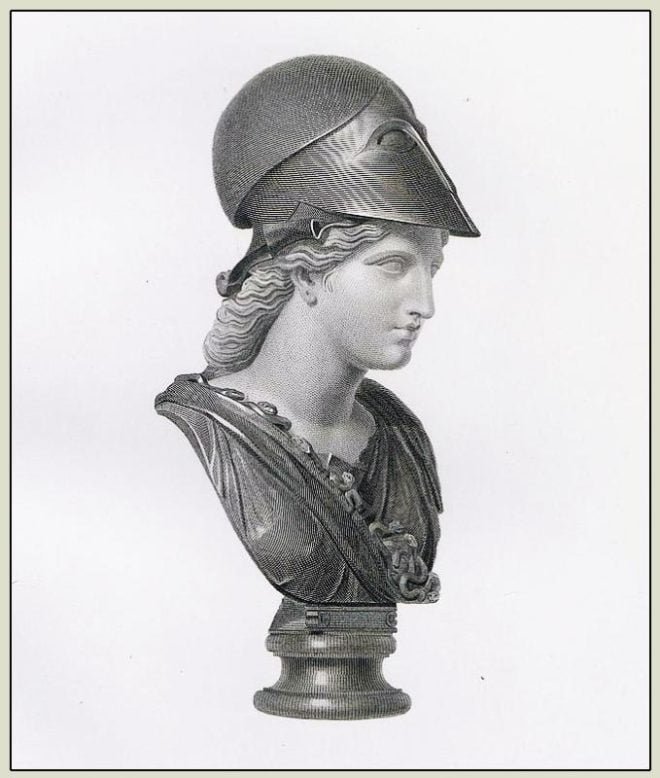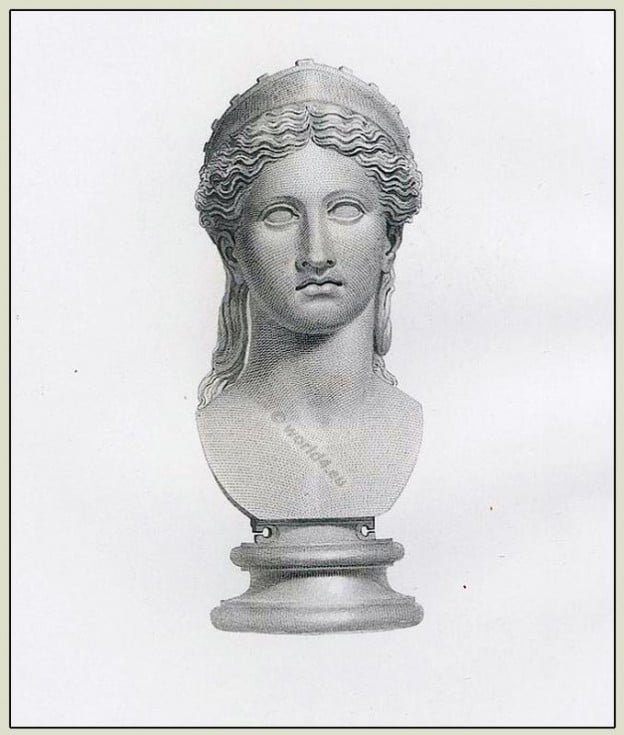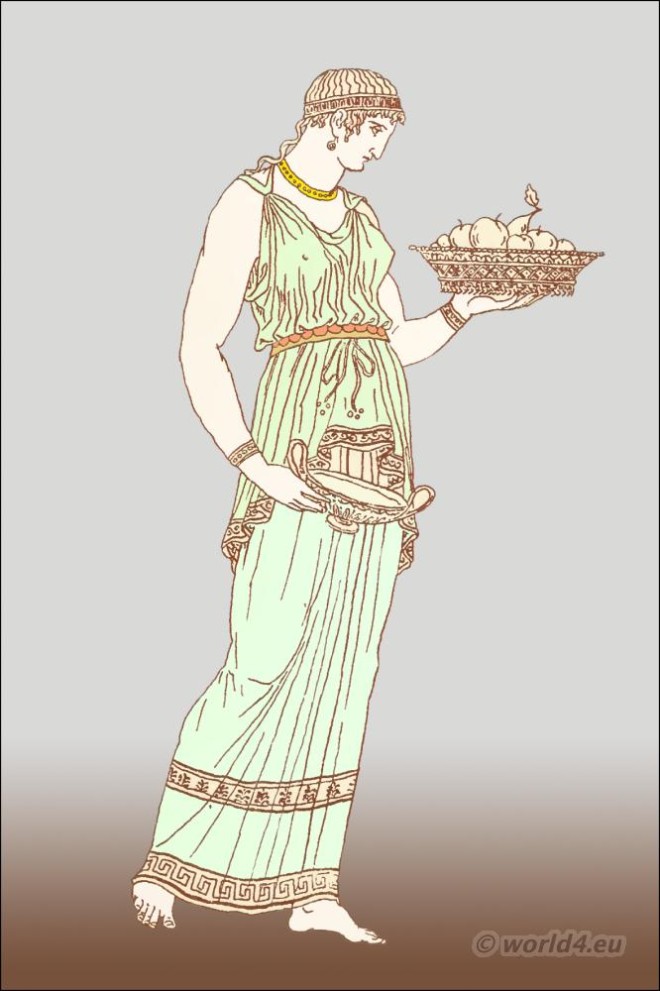A statue of Hadrian, in full military costume, with bare but bearded head, right arm and hand extended forward, and the left hand bearing the parazonium, or small short sword, in its sheath.
Category: Ancient
Bust of Minerva. Parian marble. Specimens of Ancient Sculpture.
The hair flow away from the forehead, and falls behind the neck in one solid tress, not unlike the hair on some of the caryatides. This arrangement is one of the most common characteristics of this goddes.
Juno crowned with an indented diadem, usually called Stephane.
A description of the collection of ancient Marbles in the British Museum by Combe Taylor, London 1861.
Pallas Athena wearing aegis with Gorgon
Pallas Athena wearing aegis with Gorgon’s head as a breastplate.
Pallas Athena with peplos or himation.
Statue of Pallas Athena with peplos or himation partly girt round the waist.
Greek Statue of Pallas Athena wearing the peplos and diploidion.
Pallas Athene. The peplos and diploidion, and the Gorgoned aegis extended as a covering to the arm that holds the shield.
Pallas Athene (Minerva) wearing the aegis with the Gorgon’s head.
Pallas Athene (Minerva) wearing the aegis with the Gorgon’s head on her breast; she wears the himation as a diplax.
Statue of Athene with the skin of the goat Amalthea.
Statue of Athene; wears as under-garment the chiton, next the peplos, with the wars of the giants and the skin of the goat Amalthea.
Ancient Greek Female dancer with himation only.
Female dancer with himation only, called, when thus worn, Achiton, i.e. without chiton.
Women with clasp-fastened chiton.
Greece classical period. Greek female dress of antiquity.










